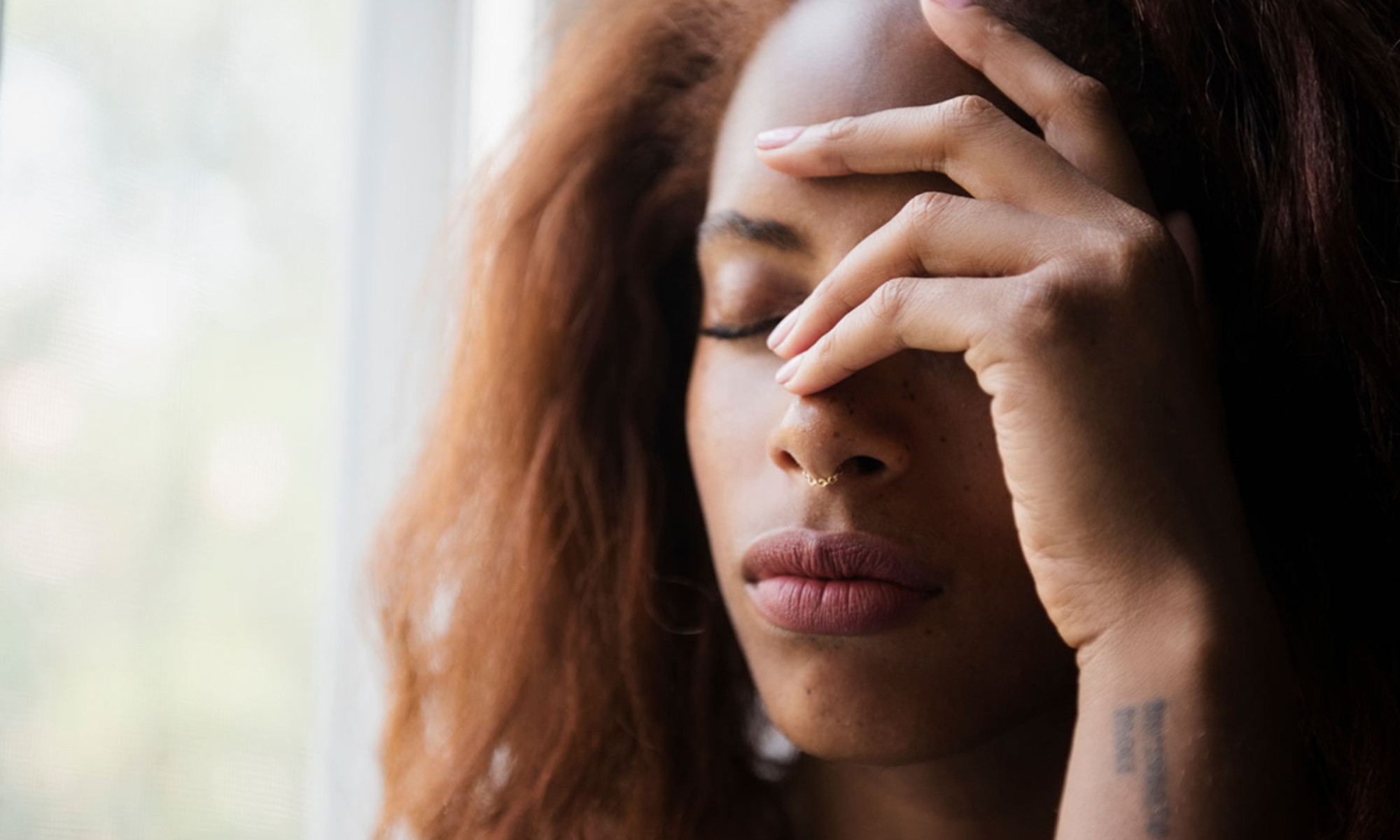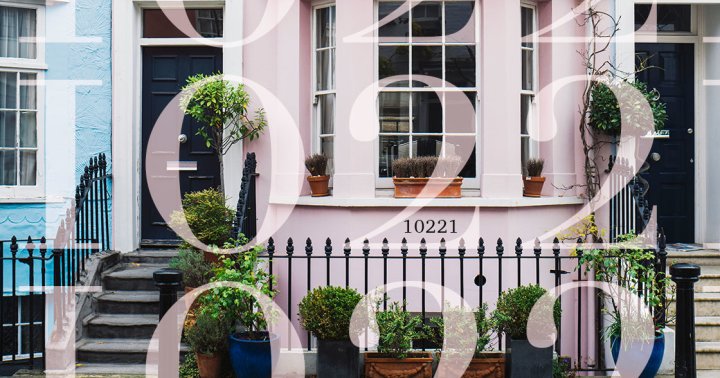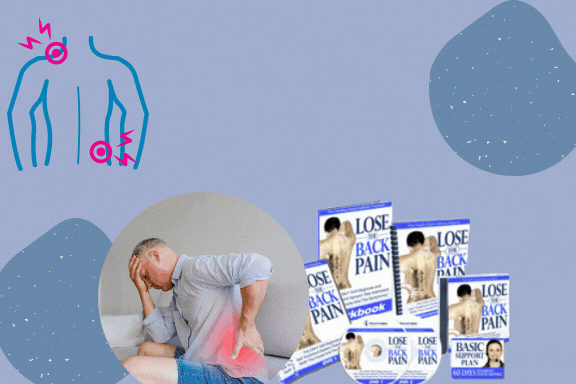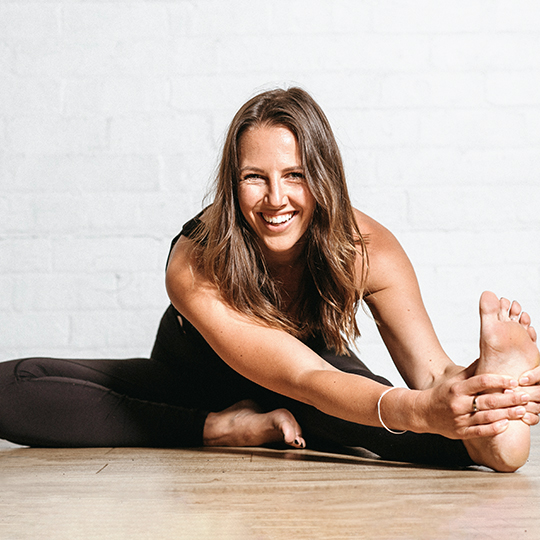What Derms Say You Should Do About Stress-Induced Breakouts
Your skin on stress.


mbg Assistant Beauty Editor
mbg Assistant Beauty Editor
Hannah Frye is the Assistant Beauty Editor at mindbodygreen. She has a B.S. in journalism and a minor in women’s, gender, and queer studies from California Polytechnic State University, San Luis Obispo. Hannah has written across lifestyle sections including health, wellness, sustainability, personal development, and more.
Image by jamie grill atlas / Stocksy February 16, 2023 Our editors have independently chosen the products listed on this page. If you purchase something mentioned in this article, we may The hunt to find out what’s causing your breakouts can feel like a never-ending goose chase. Especially with the increase in virtual conversations about acne triggers on social media, it can seem like a new cause pops up every other day that you should look into. Let’s be clear: Lots of different factors contribute to acne, and they can certainly compound one another. One common cherry-on-top of pre-existing breakouts: Stress. But can a stressful situation actually cause a pimple to come out of nowhere? Here’s everything derms want you to know. 
Advertisement
This ad is displayed using third party content and we do not control its accessibility features.
What is stress acne?
Let’s break down exactly how this takes place. Certain hormones released when we’re stressed can trigger the body to produce more sebum—aka the waxy, sticky stuff that keeps your skin moisturized. “CRH (corticotropin releasing hormone) is produced in the brain and is responsible for telling your adrenal glands to increase cortisol production during stressful times,” notes board-certified dermatologist Joshua Zeichner, M.D. about acne. “CRH also has an impact on sebaceous glands in increases oil production.”
Essentially the hormone that triggers cortisol also triggers sebum production. So as cortisol increases in the body, oil production does as well.
“This can lead to increased oil production1 [which clogs the pores] and these lesions tend to be inflamed and sometimes painful,” board-certified dermatologist and founder of Hudson Dermatology and Laser Surgery Dhaval Bhanusali, MD, FAAD tells mbg. However, this isn’t quite as instantaneous as it seems.
“Cortisol levels rise about fifteen minutes after the onset of any stressor and can take a few hours to return to normal. However, in most instances, we aren't just having one stressful event but rather a myriad of occurrences that lead up to stress; oftentimes these levels can take months to settle,” board-certified dermatologist and founder of NicholsMD of Greenwhich Kim Nichols, MD, FAAD explains.
“As a result, it is tough to pinpoint how long it may take for a breakout to begin and last,” she adds. Translation: Stress acne isn’t exactly easy to spot.
While it’s not impossible, you’re less likely to experience stress breakouts unless you’re prone to acne in the first place. “People who have existing or underlying acne will be more susceptible to stress and hormonal breakouts,” board-certified dermatologist Gary Goldfaden, M.D. explains.
Advertisement
This ad is displayed using third party content and we do not control its accessibility features.
Stress acne vs. hormonal acne.
Adult acne is most often associated with stress and hormonal imbalance, but how can you tell the difference? “Acne caused by stress or hormones can look very similar, but a good way to tell them apart is when the breakout is happening,” Goldfaden says.
First off, hormonal breakouts occur 7-10 days before your menstrual cycle begins, he notes. If you’re not in this time frame, then it may be caused by stress—or another factor listed in the next section.
“Hormonal and stress acne can appear similar however hormonal acne will usually be deeper and more nodular and may be painful as the nodules do not come to the surface. Stress acne forms papules or pustules—which are superficial,” he adds.
Acne causes.
So yes, it could be stress triggering an episode of breakouts. That being said, there are plenty of other, more common causes of this complex skin condition that will make you more susceptible to stress-induced pimples.
Here are a few factors to consider:
Advertisement
This ad is displayed using third party content and we do not control its accessibility features.
Skin care solutions.
So you’re experiencing a stress-triggered breakout. Whether it’s occasional or constant, there are a few best practices that are fairly universal, so start here.
As plenty of dermatologists will tell you, salicylic acid is one of the best ingredients for managing breakouts. This ingredient is a type of exfoliant known as a beta-hydroxy acid or BHA, which is different from an alpha-hydroxy acid, or AHA.
"Salicylic acid is oil-soluble and is able to penetrate deeper into the pores compared to AHAs," board-certified dermatologist Anar Mikailov, M.D., FAAD, founder of KP Away said about the ingredient.
SA can even penetrate deep into the pores to help remove dirt, oil, and excess sebum. Hence, why so many acne products contain salicylic acid (or its natural form, willow bark extract) as one of the first ingredients.
Opt for a wash-off product like The INKEY List Salicylic Acid Acne + Pore Cleanser or a serum like the Naturium Salicylic Acid Serum 2%.
Advertisement
This ad is displayed using third party content and we do not control its accessibility features.
If you’re not already using retinol in your skin care routine, you may want to consider adding it. You can go for over-the-counter retinol (like one of these top picks), or visit your dermatologist to learn about prescription-grade options if your acne won’t budge.
After retinol interacts with the skin's receptors, it beneficially alters the genes involved with inflammation and cell growth. This reduces the formation of microcomedones6, or skin pores clogged with sebum, bacteria, and dead skin cells.
You should never use retinol and salicylic acid at the same time, but rather opt for salicylic acid in the morning and retinol at night, or just one of them at night and rotating by the day. This is also called skin cycling, which you can read all about here, if you’re curious.
3.
Skip pore-clogging products.
To ensure your skin care and makeup products aren’t working against you, run them through the pore-clogging ingredients checker. Not every single ingredient listed on these scanners is guaranteed to clog your pores, but there’s definitely a higher chance they could.
If you’ve used the same skin care products for years without a problem, then this might not be it. However, if you’ve just got a new product or you’re noticing skin texture (small, tiny pimples on the skin), then it’s better to double-check.
Advertisement
This ad is displayed using third party content and we do not control its accessibility features.
4.
Use anti-inflammatory ingredients.
During a breakout, the skin tends to be red and inflamed either soley around the pimple or on the whole face. To help ease the irritation, look to anti-inflammatory ingredients like these:
Strong active ingredients like salicylic acid and retinol are great for easing breakouts, but they also can dry out the skin. Luckily, you can compensate by adding hydration back into your complexion via hydrating serums and moisturizers.
When looking for a hydrating serum, opt for something simple like the Ordinary Hyaluronic Acid. For moisturizers, start your search with this curated list of moisturizers formulated for oily skin.
Acne facials can help treat active breakouts, prevent future ones from happening (in part), and deeply hydrate the skin. These treatments often include extractions to unclog pores as well as targeted topical treatments with exfoliating ingredients like salicylic acid.
An esthetician might also incorporate LED light therapy: specifically, blue LED light, which kills acne-causing bacteria, controls sebum regulation, and soothes the skin; or green LED light, which is hailed for reducing hyperpigmentation and calming redness.
Not everyone should book these facials, though. In fact, those with cystic acne aren’t the best candidates for acne facials and should instead spend that time (and money!) visiting a dermatologist instead.
7.
Visit your derm for prescription solutions.
Say you’ve exhausted all of your possible over-the-counter options for acne and nothing has worked—don’t fret too much. If you have access to a dermatologist, it’s worth the trip. These professionals can help you pinpoint possible triggers for your acne and offer other treatment options you may not have tried.
These include topical prescriptions (like stronger retinoids) or oral medications such as spironolactone (used off-label for hormonal acne treatment) or isotretinoin (formerly known as Accutane).
Mental health solutions.
Again, no matter what triggers your acne in the first place (products to hormones to genetics, and more), stress can make it worse. Relieving stress when you’re breaking out isn’t exactly easy, given that more pimples often cause more stress.
However, taking a bit more time to focus on your mental health can help. Here are a few ways to ease the stress you may consider.
If you have a hard time managing stress levels, you should visit a therapist if you have access to one. These experts can help you put together a stress-management plan that works for your unique situation, and help you navigate through tough situations.
2.
Get a full night's sleep.
A lack of high-quality sleep will increase cortisol levels, which, as you now know, can manifest into more sebum production and more breakouts. Even if you don't typically have acne-prone skin, a lack of sleep can contribute to what dermatologists refer to as "occasional acne7."
3.
Meditate or mindfulness.
Meditation has been shown to reduce stress and anxiety8. Some people shy away from meditation because they assume they wouldn’t like it, but meditation is a versatile practice that can be tweaked and trimmed to fit your unique needs and practice.
Don’t like silent meditation? Opt for something guided. Only have a few minutes? That’s better than nothing. The important thing is that you dedicate a few minutes each day to allow your brain to relax and just focus on yourself.
“Physical activity stimulates various brain chemicals that may leave you feeling happier and more relaxed. You may also feel better about your appearance and yourself when you exercise regularly, which can boost your confidence and improve your self-esteem,” Goldfaden says.
“Regular movement also helps to increase overall circulation which leads to a more even and radiant complexion,” he adds. Long story short—movement is great for the skin, no matter how you choose to do it.
6.
Take care of yourself during these tough times.
One thing that people often overlook on this topic is the fact that periods of stress often coincide with focusing on the problem at hand and thus, abandoning everything else going on in your life—on a less serious note, this could mean your skin care routine or drinking enough water.
Of course, you should tend to your stressors first and foremost, but if you’re going to enter a period of extended stress or you find yourself in one right now (like finals week, a family event, relationship trouble, job hunting, etc.) try to make a boundary for yourself and commit to your daily skin care routine, if at all possible (a few more cups of water included).
Keeping up with your regular routine not only will help prevent stress breakouts, but it will also give you a few minutes of dedicated you-time every day, which is much-needed during those anxious times.
FAQ
What does stress acne look like?
Stress acne looks different from person to person. However, Nichols notes that pimples triggered by stress generally look more like papules and pustules rather than under-the-skin cysts (as those are more related to hormones or genetics).
How do you get rid of stress acne?
To get rid of stress acne, consider adding ingredients like salicylic acid and retinol to your skin care routine. In addition, work on getting a full 8 hours of sleep when you can, limiting sugar and dairy intake, and incorporating stress-reducing activities into your day like meditation and exercise.
Where do stress pimples show up?
Stress pimples come from an increase in sebum production, which is why Nichols says they generally show up in the T-Zone rather than along the jawline (as hormonal breakouts do).
The takeaway.
Very long story short: Stress can cause acne, but it generally serves as a trigger for those already experiencing breakouts rather than an initial cause. To manage these breakouts, look to ingredients like salicylic acid and retinol along with keeping your stress levels down when possible—here’s a few more ways to relax if you want more inspiration.

 Troov
Troov -v1646695196476.jpg?1148x800)































